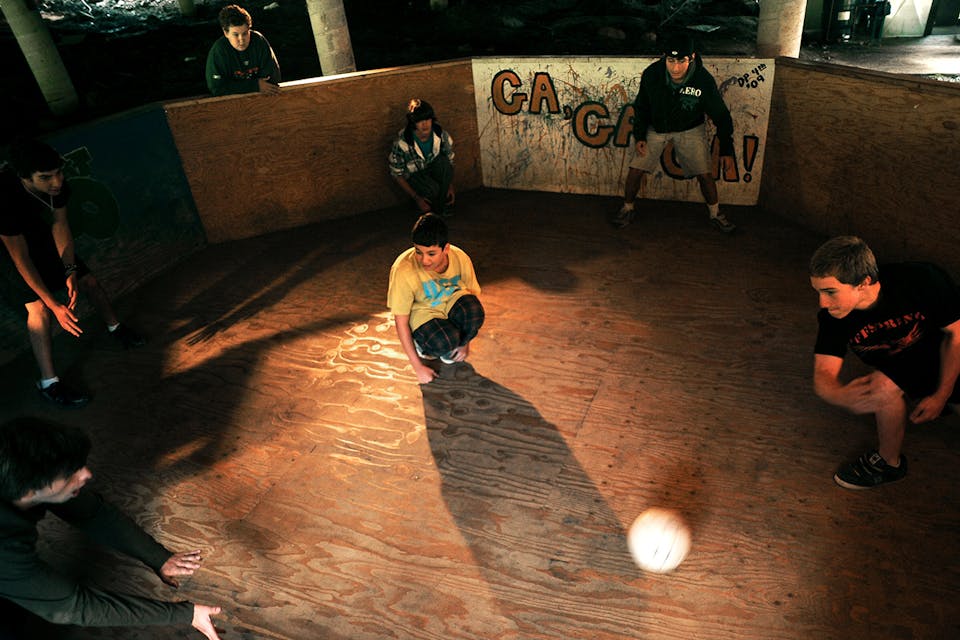
September 1, 2020
Hebrew Infusion vs. Hebrew Immersion in American Jewish Summer Camps
When one Jewish summer camp "bombed" another with leaflets excoriating its lack of commitment to Hebrew and Zionism.
On first association, the phrase “Hebrew Infusion” suggests either a Jewish herbal tea or an IV in a Jewish hospital. One wouldn’t think of it as the title of a book on Jewish camping.
Yet this is what Hebrew Infusion: Language and Community at American Jewish Summer Camps is. Despite its seemingly odd title, its three authors, the sociolinguists Sarah Bunin Benor and Sharon Avni, and the historian Jonathan Krasner, have written a lively account of the rise and decline of the Hebrew summer-camp movement in America in a clear and jargon-free prose such as contemporary academic writing is not generally known for.
What is “Hebrew infusion?” As used by Benor, Avni, and Krasner, it is contrasted with “Hebrew immersion,” each denoting a different approach to, and historical stage of, Hebrew summer camps in the U.S. Immersion came first. Pioneered by Camp Cejwin, established in New Jersey in 1919, and best represented by Camp Massad, found in the Pocono Mountains of Pennsylvania in 1941, and Camp Yavneh, which got its start in southern New Hampshire in 1944, Hebrew-immersion camps aimed at creating a total environment in which everything, from bonfires to baseball games and from the admonishments of counselors to the conversations of campers, was conducted in a modern, Palestinian/Israeli Hebrew with American embellishments when necessary. (One could not rely on the Hebrew of Tel Aviv for words for Texas bloopers or double plays.) Only thus, it was believed, could Hebrew become a living language for young American Jews rather than a medium confined to the pages of sacred texts and the prayer book.